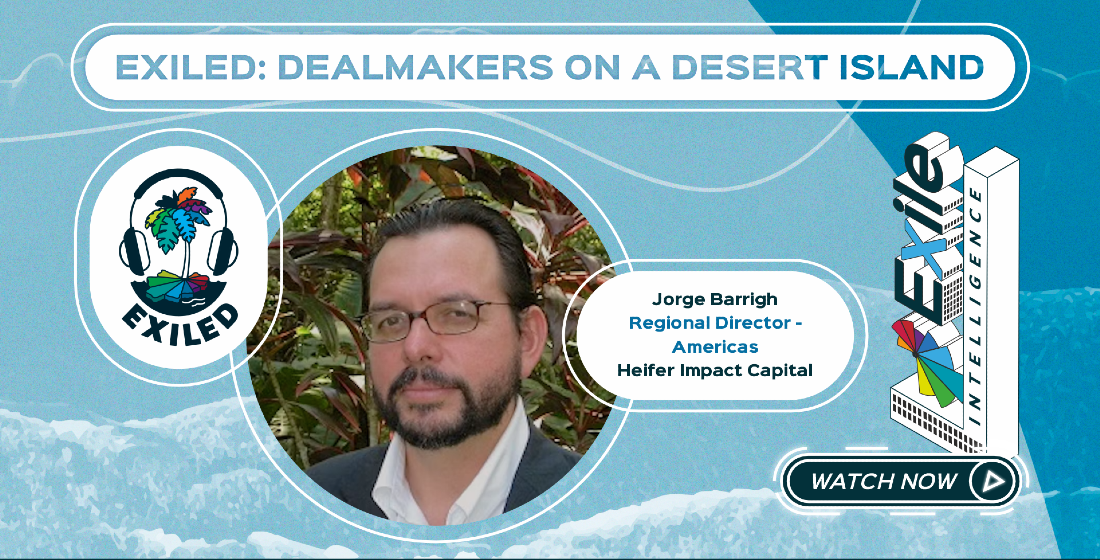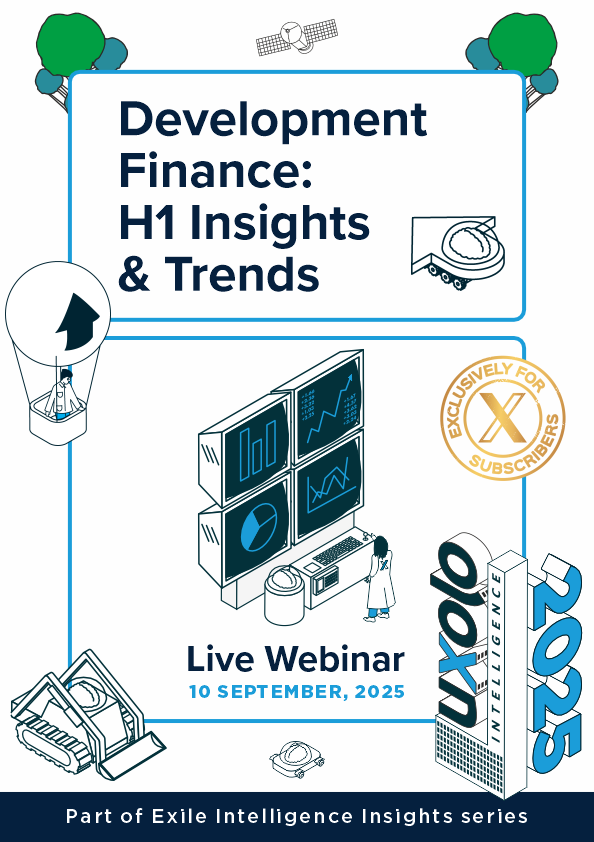SLBs: Broken promise
In January 2023, UK-based NGO Mighty Earth filed a case with the SEC against Brazilian meat-producer JBS for allegedly misleading investors with its sustainability-linked bonds. The case is set to shake the foundations of the increasingly popular capital market instrument, and likely validate criticisms that some issuances were already attracting.

Sustainability-linked bonds (SLBs) are forward-looking, performance-based instruments, arguably designed to attract more private investment into easing transition to net zero and integrating ESG into business practice for the benefit of society in general – on the face of it all good stuff and potentially a source of funding to complement stretched DFI balance sheets.
SLBs involve issuers committing to sustainable improvements within a predefined timeline. But there is a problem – SLBs rarely have use of proceeds stipulations and are consequently easily greenwashed. And that problem is growing in line with the increasing use of the instruments. SLB issuance jumped tenfold in 2021 and now issuers are increasingly diverse, with some coming from even the most intensive GHG-emitting industries like fossil fuels and meat.
In 2021, global meat producer JBS raised $3.2 billion in four SLB issuances with key-performance indicators (KPIs) promising to reduce their global scope 1 and 2 GHG emissions by 30% by 2030. But UK-based NGO Mighty Earth argues that the company’s exclusion of scope 3 entails the exclusion of 97% of its material emissions and that JBS is a long way from its stated KPI goal: the New Climate Institute’s Corporate Climate Responsibility Monitor 2023 report found that “JBS’s interim targets for 2030 would lead to a 3% emission reduction compared to its reported 2021 emissions."
Alex Wijeratna, senior director of Mighty Earth, is also concerned JBS announcements about its journey to net-zero across its entire supply chain by 2040 are potentially misleading. “For an investor who’s looking at presentations and their overall net zero pledge, you would get the impression that this bond was really going to help you and help the company get to net zero.”
The investigation is now in the hands of the newly established US SEC Climate and ESG Taskforce which has already challenged several industry titans on their green track records. Goldman Sachs Asset Management was charged $4 million for poor ESG investment research; BNY Mellon Investment Adviser had to pay $1.5 million for incorrectly relaying that all investments in its funds had undergone ESG quality checks; and Nikola is still being investigated for sharing false and misleading information about its alternative fuel products on social media. Thus far, no bonds have appeared on the SEC roster, nor have any complaints linking company emissions to investor fraud.
The problem with sustainability-linked bonds
The size and impact of the JBS case brings to the fore several issues that were already attracting attention – how SLBs are structured, how they are regulated, and who stands to benefit from sustainability being forfeited.
SLBs have to fit within the framework set by the International Capital Markets Association (ICMA) and have a suitable commitment and established time frame to meet the bond’s KPIs. SLBs do need their KPIs verified by an external second party opinion. External reviewers focus on the key elements of KPI materiality and the ambition of targets, according to Federico Pezzolato, associate director of ISS Corporate Solutions.
The blessing and curse of SLBs is their flexibility. Both the KPIs and use of proceeds are up to the issuer, and Pezzolato highlights that some of the main red flags ISS see are KPIs not material enough on the issuing company and targets that do not stretch far beyond business as usual.
ISS’s ESG Agency was hired to review JBS’s issuances and found that the bond framework had no evidence of alignment with the Paris Climate Goals. And while the framework was ambitious against the issuer’s performance and peer group, it was not material to the company’s whole corporate value chain.
Such a problem is a sign of the nascency of the SLB market. Pezzolato argues, “we need to get back to the basics in order to guarantee that effective positive impacts are being generated by investments”. To reflect the ever-evolving market, ISS recently updated its approach regarding oil and gas companies to outrightly state that KPIs have no materiality if the issuer excludes its scope 3 emissions from the bond framework.
Another SLB feature that has been commonly criticised is the 25 basis point (bp) step-up mechanism. For some commentators, the step-up is an immaterial punishment for a large company. In the case of JBS, its 2021 SLB coupons ranged between 2.5% and 3.625%, which it was advised by S&P to use to repurchase its 5.75% 2025 and 2028 notes. Even with a 25bp step-up, the SLBs remain significantly cheaper than its senior notes. The same case is common across the market, with recent studies finding that the average SLB premium exceeds the average penalty.
Another design weakness, highlighted in IFC’s recent working paper on the topic, is SLBs often have call-options before the bond’s maturity, allowing issuers to buy them back before the step-up penalty strikes. IFC found that penalties for early calls were more lenient for SLBs with step-up penalties, averaging 15.4bp whereas the average penalty was 31.2bp.
And incredibly, investors also stand to benefit from a company’s bad environmental performance when the coupon payments do increase. In response, some investors have pledged to donate any gains they make to ESG charities, but such are isolated cases. As a more permanent solution, there are calls for the 25bp step-up flat rate to be replaced with a variable index, relative to the issuing company’s size and EBITDA. This could balance the twin concerns of creating a material incentive for the issuer to set achievable and ambitious goals, without upending the credit risk for investors – but this would also have to include a call option with a suitable penalty, ideally one that falls only after the step-up has had time to kick in.
JBS ripple effect?
Kevin Galbraith, the lawyer who filed the complaint against JBS to the SEC, believes “this could be a really emblematic case – a SEC investigation and enforcement action could have a ripple effect on wrongdoers in the market”. The message to similar issuers is be far more careful of promises made to investors.
Fund managers and investors will also face new pressure to avoid potential greenwash fall-out, which could put them off SLBs altogether. A more positive outcome would be for financial intermediaries and external verification agencies to become more stringent with what they class as SLBs – as we have already seen with ISS’s updated oil and gas approach.
What the JBS case really shines a light on is an inherent conflict that has been lurking around the green bond and SLB market for some time. As Galbraith says, “I think there is disquiet that SLBs and green bonds have skyrocketed over the last few years with no accountability… when you look under the hood, oftentimes the issuers’ claims just don’t stand up to scrutiny”.
SLBs have a promising role as a financial instrument. But if the sustainability claims made are not worth the paper they are written on, that paper is going to take a financial hit as regulation and structures tighten. And despite the lobbying of multiple vested interests in keeping the system as it is, regulation will come – it is just a matter of how quickly.





